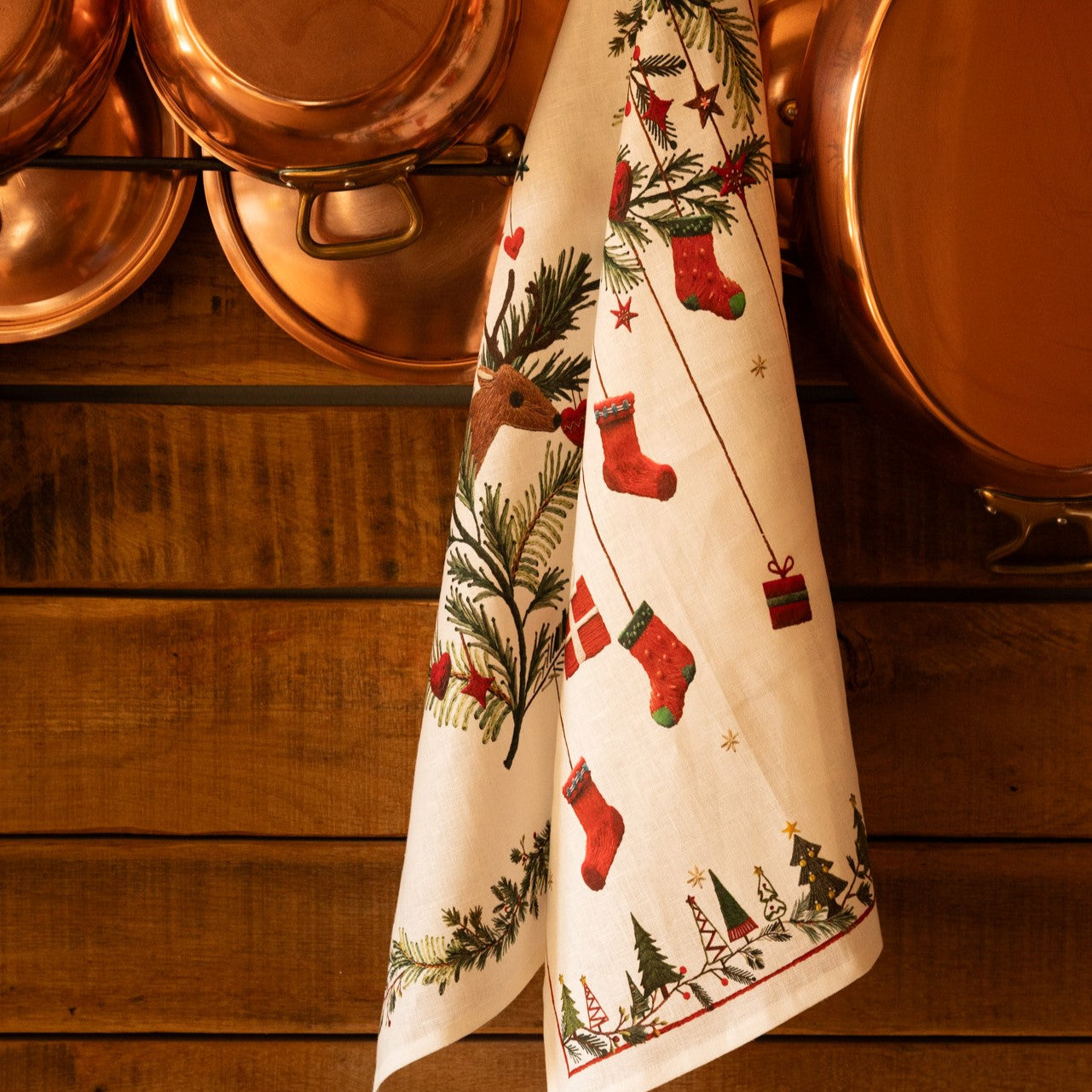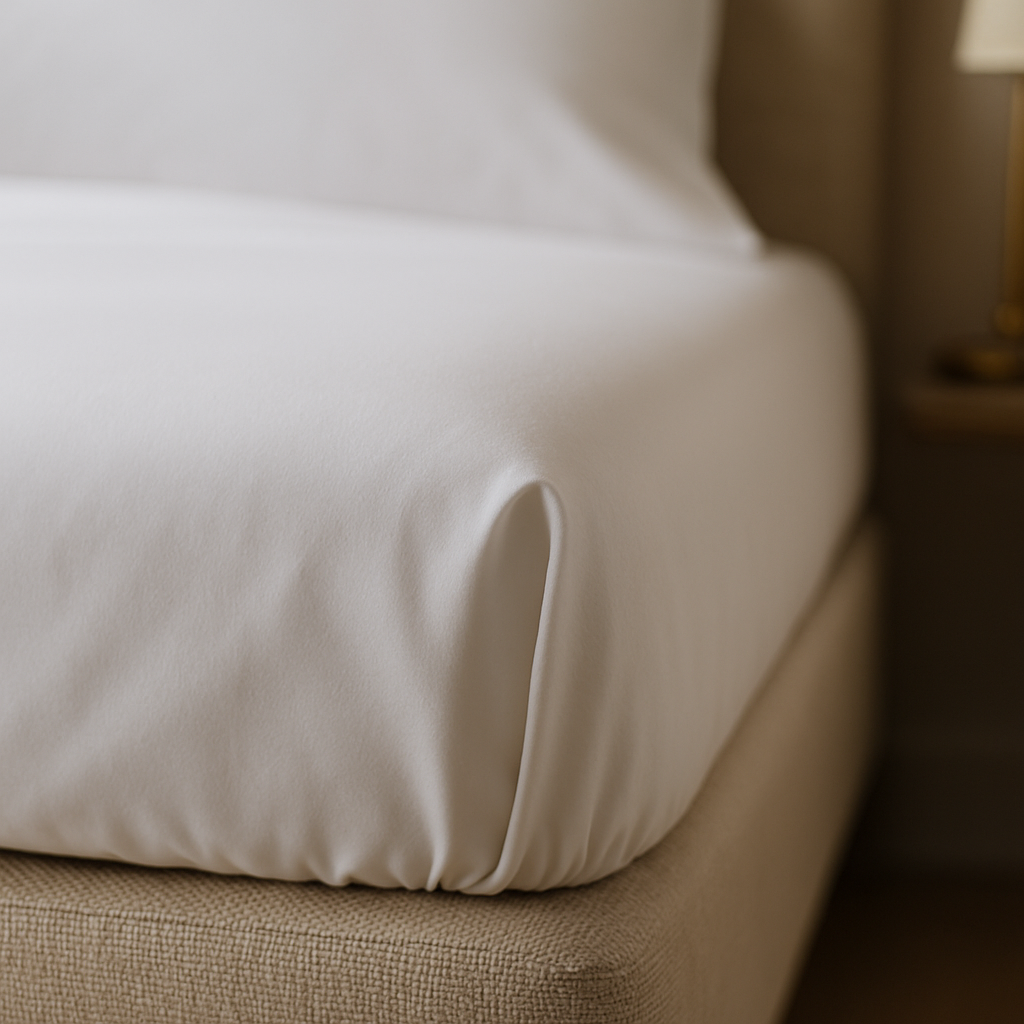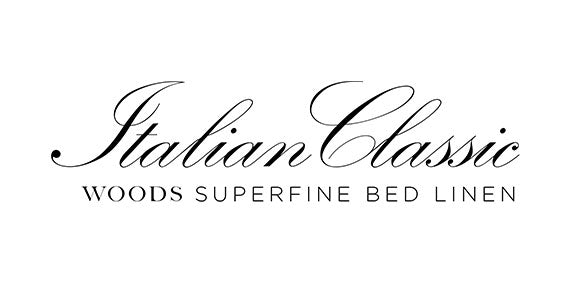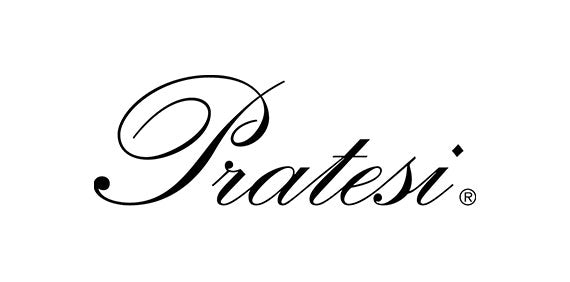
Giza Cotton Explained, What Sets It Apart in Luxury Bedding
Giza cotton is prized for fine, long fibres that spin into smooth, strong yarns. This guide explains what makes it different, how to read labels with confidence, and how to choose the right weave for lasting comfort.
What Giza cotton actually is
Grown in Egypt’s Nile Delta, Giza cotton benefits from fertile soil and a long, stable growing season. The result is extra long staple fibre that can be spun into very fine, even yarns. Finer yarns allow smoother fabrics that feel soft on first use and become more comfortable with washing. Start with breathable Egyptian cotton bed linen if you want the clearest difference in hand feel.

How ELS fibre changes the feel
-
Smoothness. Longer, finer fibres spin into more uniform yarns, so the fabric surface feels calm and refined, with less fuzz.
-
Strength. Longer fibres can be twisted with better integrity, which improves durability in daily use and during laundering.
-
Pilling resistance. Fewer short fibre ends means fewer pills, so the fabric stays pristine for longer.
-
Breathability and drape. Breathability depends on weave and yarn, not just thread count. Percale feels crisp and airy. Sateen feels smoother with a little more weight and drape.
Percale or sateen, and why it matters
-
Percale. A classic one over, one under weave that feels cool, crisp and matte. Many luxury percales feel superb around 200 to 400 thread count, assuming high grade ELS cotton and good finishing.
-
Sateen. A float weave with a smoother, silkier hand and slightly heavier drape. Many luxury sateens feel excellent around 300 to 600 thread count, again assuming quality fibre and finishing.
Pair the weave to your sleep style and room temperature, then choose colours and textures to suit the space. When you update, browse our wider bed linen for a complete, coordinated set.
How to read labels with confidence
-
Provenance. Look for clear wording that specifies Egyptian origin. For authenticity checks, note that the Cotton Egypt Association verifies origin for licensed brands.
-
Certification. OEKO-TEX Standard 100 is a safety standard that tests textiles for specific harmful substances. It does not verify origin.
-
Thread count in context. Higher is not always better. Quality depends on fibre, yarn and weave. A balanced percale or sateen made from ELS cotton will feel luxurious at sensible counts.
-
Weave and finish. The label should state percale or sateen and include care guidance that preserves the finish.
When choosing covers, start with well made duvet covers to feel the benefit over the largest surface area.

Buying guide, the simple checklist
-
Choose the weave first. Percale for crisp cool comfort, sateen for smooth drape.
-
Feel the fabric. It should feel calm and even, not shiny or plasticky.
-
Match to climate. Pair percale with lighter seasonal duvets, sateen with mid to higher togs. For the best fit, pick the right depth in fitted sheets.
-
Think long term. ELS cotton pays off over time with fewer pills and stronger seams.
-
Care simply. Wash warm, avoid over loading, shake out, and line dry where possible to keep the surface smooth.
Care that protects the finish
Wash by fibre and colour group, use a gentle liquid detergent, and avoid excessive heat. Remove promptly and smooth by hand before drying. Percale benefits from a light iron if you enjoy a hotel crisp look. Sateen needs less pressing due to its natural drape.
For tailored guidance on fibres, weaves and seasonal pairing, join the Heritage Partnership for expert help and early access.














